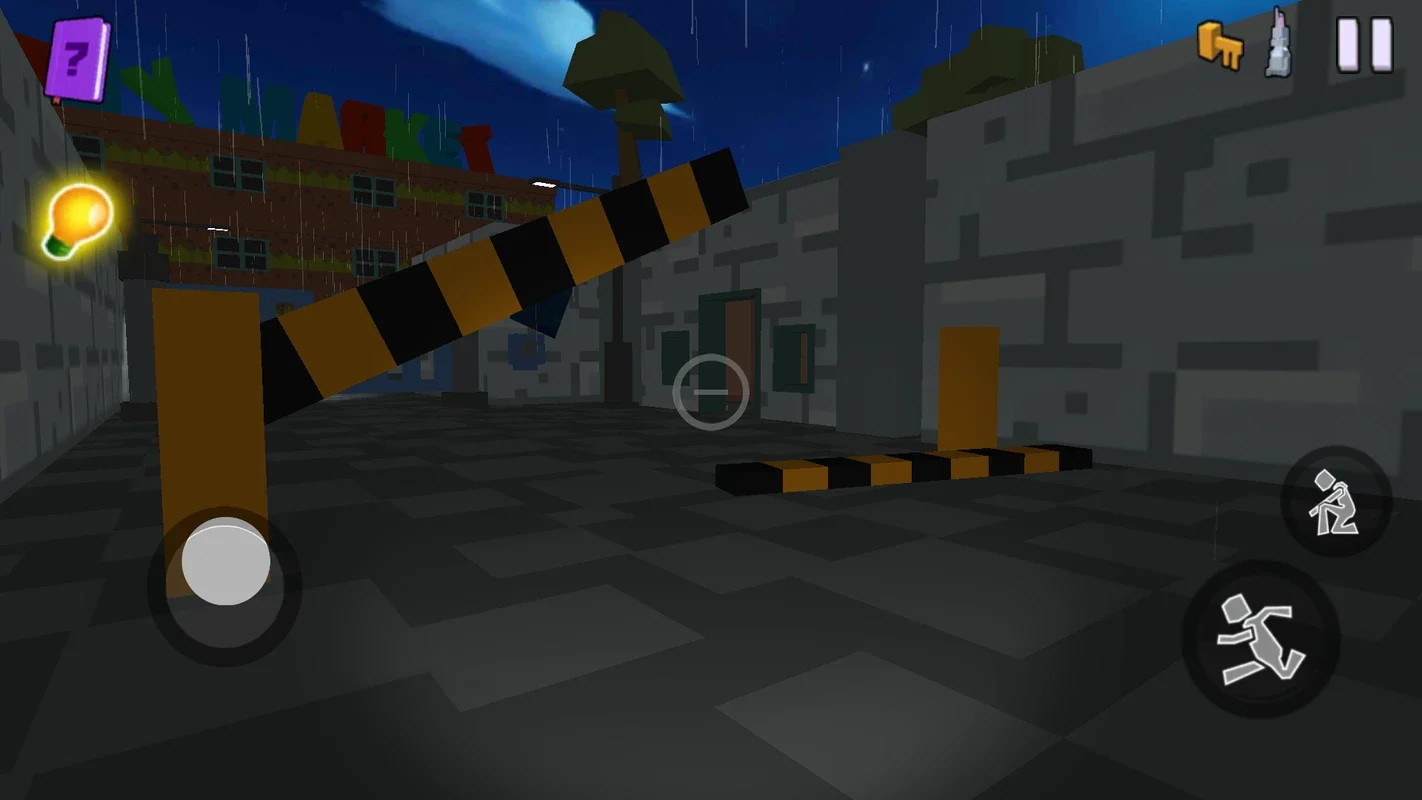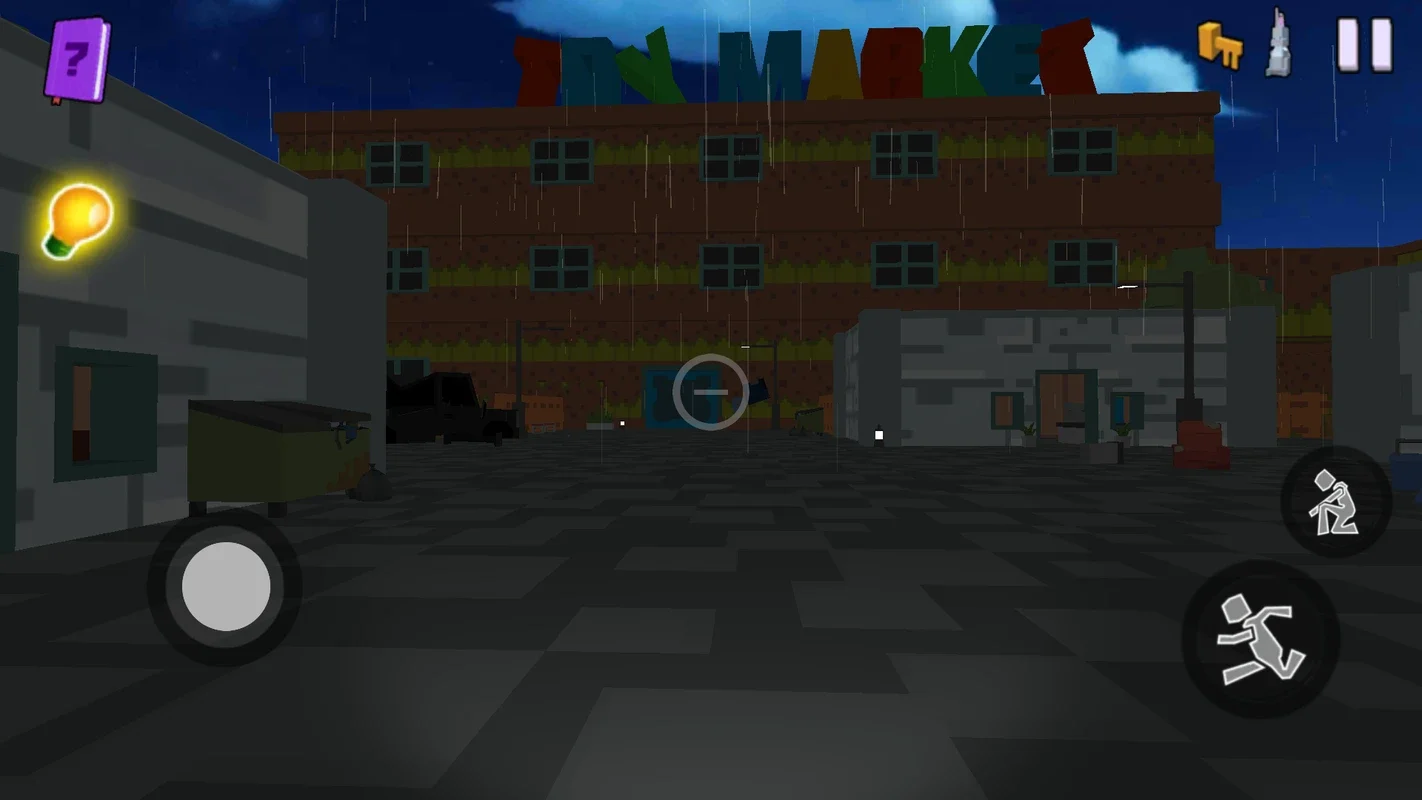Project Multiplayer Playtime App Introduction
Project Multiplayer Playtime plunges players into a heart-pounding escape from a gigantic, menacing toy. This game, reminiscent of the popular Project Playtime, challenges players to use their wits and agility to outsmart their monstrous pursuer. Simple, intuitive controls – a joystick for movement and buttons for jumping and crouching – form the core of the gameplay experience. The objective is clear: survive.
Gameplay and Mechanics
The game unfolds across a series of challenging levels, each demanding exploration, puzzle-solving, and strategic maneuvering. Players must navigate intricate environments, decipher cryptic riddles, and utilize their quick reflexes to evade the relentless toy. As the game progresses, a unique twist emerges: players gradually construct their own colossal monster, eventually surpassing the size and power of their initial adversary. This allows for a dramatic shift in the power dynamic, transforming the player from hunted to hunter.
The core mechanics are straightforward and easy to learn, making the game accessible to a broad range of players. The intuitive controls ensure that the focus remains on the thrilling chase and puzzle-solving aspects, rather than getting bogged down in complex control schemes. The escalating tension as the player builds their own monster adds a compelling layer of strategic depth to the gameplay.
Graphics and Visual Style
While the graphics aren't groundbreaking, they effectively contribute to the game's overall atmosphere. The environments are detailed enough to be engaging without being overly demanding on device resources. The design of the monstrous toy and the player-created monster is suitably menacing and visually striking, enhancing the sense of urgency and danger.
The Major Flaw: Excessive Advertising
Unfortunately, Project Multiplayer Playtime suffers from a significant drawback: an overwhelming abundance of advertisements. Unlike many games that feature ads sparingly, this game bombards players with near-constant interruptions. The frequency is excessive, with short bursts of gameplay frequently interrupted by lengthy, unskippable ads. This intrusive advertising severely detracts from the overall gaming experience, often disrupting the flow and immersion.
The sheer volume of ads isn't the only problem; the ads themselves can sometimes cause errors, forcing players to close and restart the game, resulting in the loss of progress. This frustrating aspect significantly diminishes the enjoyment and can lead to considerable aggravation. The developers need to seriously reconsider their advertising strategy to improve player satisfaction.
Comparison to Similar Games
Compared to other games in the same genre, Project Multiplayer Playtime offers a similar core gameplay loop of running and hiding from a pursuing enemy. However, the sheer volume of ads sets it apart in a negative way. Games like [Name of a similar game] and [Name of another similar game] offer a more balanced approach to monetization, integrating ads less intrusively or relying on alternative monetization methods.
The puzzle elements in Project Multiplayer Playtime are comparable to those found in [Name of a puzzle game], but the constant interruptions from ads significantly hinder the overall enjoyment of the puzzle-solving aspects. The building of the player's own monster adds a unique element not often seen in similar games, but the negative impact of the ads overshadows this positive feature.
Potential for Improvement
Despite its flaws, Project Multiplayer Playtime possesses a solid foundation. The core gameplay loop is engaging, and the concept of building a counter-monster is innovative. With a significant reduction in the frequency and intrusiveness of ads, the game could become a much more enjoyable and rewarding experience. Addressing the error-causing ads is also crucial to enhance stability and prevent player frustration.
The developers should consider implementing alternative monetization strategies, such as in-app purchases for cosmetic items or optional power-ups, to reduce reliance on such disruptive advertising. A more balanced approach to monetization would significantly improve player satisfaction and retention.
Conclusion
Project Multiplayer Playtime offers a thrilling chase experience with a unique twist on the genre. However, the excessive and intrusive advertising severely undermines the overall enjoyment. The constant interruptions, coupled with the potential for game-breaking errors, make it difficult to recommend this game in its current state. If the developers address the advertising issues, Project Multiplayer Playtime has the potential to become a much more enjoyable and highly-rated game. Until then, players should proceed with caution and be prepared for a significant amount of ad interruptions.

